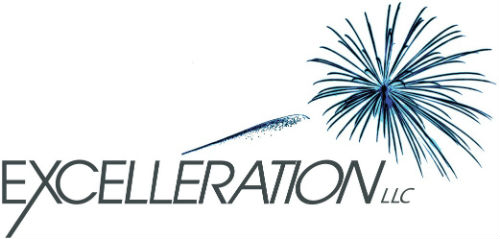Decision Making Mistakes to Avoid (Part 2)
/In the last article, I wrote about common mistakes in decision-making. Sadly, for all of us human beings, this is a rather large topic. The following is a discussion of the final three decision making flaws that Chip and Dan Heath wrote about in “Decisive: How to Make Better Choices in Life and Work.”
Overconfidence About One’s Own Predictions for the Future
Human beings are both spectacularly bad at predicting the future and highly confident that our predictions are accurate. A study of doctors’ diagnoses revealed that even when the doctors were “completely certain” they turned out to be wrong 40% of the time. In a similar study, when students estimated that they had only a 1% chance of being wrong, in fact, their answers were wrong 27% of the time. Notably, even experts who become famous for some seemingly outrageous prediction that came true (about a stock market crash, a political revolution, etc.), when compared with their peers, their predictions were actually much less accurate overall.
Our over-confidence in our predictions would almost be funny if it didn’t so frequently lead to tragic results, such as layoffs, divorce and war, to name a few. One of the book’s many suggestions for how to deal with this challenge is to create a range of predictions rather than a single point. For example, before putting all the time and effort into writing a book (assuming that the goal is to help with business development) you may want to evaluate the book’s likely impact on your ability to attract clients. Traditional approaches to prediction might have you choose an exact number of clients or amount of income that would result from publishing the book. In contrast, Chip and Dan Heath recommend looking for both best and worst case scenarios and formulating the prediction as a range of possibilities. By thinking through a spectrum of likely scenarios, both optimistic and pessimistic, you gain a more realistic perspective on the accuracy of your prediction and become more prepared for likely challenges, thus increasing the overall likelihood of the project’s success.
Short-Term Emotions
Our emotions tend to deceive us when weighing near- versus long-term gain. Like children in the famous marshmallow experiments, even as adults, we are often swayed by short-term fears and desires. For example, one might feel very uncomfortable asking a client for referrals. Nonetheless, rewards are available if one is able to move past that temporary discomfort and complete the task.
It is also important to note that while temporary feelings muddy the waters of the decision-making process, emotions do have an important place for making certain choices. In situations where feelings will be a determining factor in one’s long-term satisfaction – such as where to live, who to marry or which profession to select – they should of course be given significant weight. On the other hand, where the emotion is likely to be fleeting, we would benefit from ignoring it.
Fortunately, there is a fairly easy method to help decide when to follow the current emotion and when to put it aside. As Chip and Dan Heath recommend in their book, ask yourself how you will feel about this decision in ten minutes, ten days, and ten years. You can also ask yourself, “What advice would I give a friend in this situation.” Anything that gives you some distance from the immediate emotion will help to you make a better decision.
Confirmation Bias
We see what we want to see or what we expect to see. Unfortunately, intelligence doesn’t help. Dan Lovallo, a decision-making researcher and professor says, “Confirmation bias is probably the single biggest problem in business, because even the most sophisticated people get it wrong.” This issue is a particularly insidious because the very research that is conducted ostensibly to help people make objective, clear-sighted decisions, is biased. We selectively gather evidence to support what we already believe.
In the realm of business development, this applies in two different ways. First, it corrupts our decision-making processes regarding investments of time and money. Say your firm were considering opening an office in China in order to drum up more business. If all the partners were enthusiastic about the project, with visions of moneybags dancing in their heads, the natural human tendency for both the partners and their staff is to downplay warning signs and focus on the positive indicators. We have seen plenty of companies loose their shirts in China; so we know how that scenario plays out.
The second major way that confirmation bias manifests in business development is the underlying assumptions and attitudes that people hold around the idea of business development itself. For example, if you believe that only people with a particular background, gender, race, or temperament can become rainmakers, you will see evidence for that everywhere – and it will likely hold you back from potential opportunities. Similarly, if you believe that the only way to develop a thriving practice is to reject cases below a particular price threshold, you may lose out on that one client who will refer you to the biggest case of your career. If your assumptions about yourself, your practice area and the world are serving you, i.e. if you have all the clients you want, and you are managing the work in a way that doesn’t make you crazy, huge congratulations are in order. But for the vast majority for whom that it not the case, this is why people truly value coaches. Helping clients move beyond unhelpful assumptions, and produce better results, is what we do.


